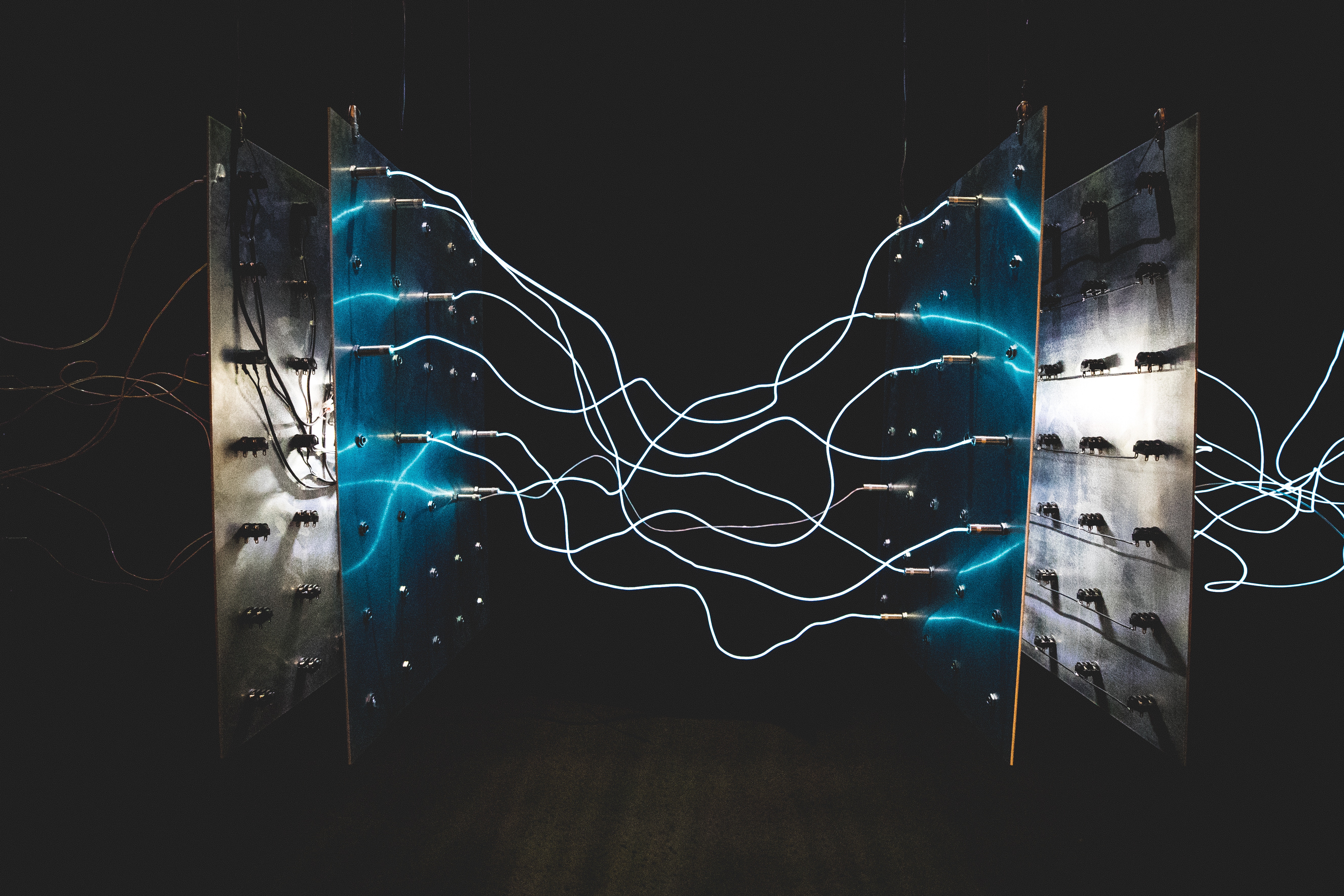
Component Selection: Considering Energy Efficiency and Long-term Cost
Two key aspects of component selection are cost and energy efficiency. Within corporate business procedures, neglecting either aspect when choosing IT parts can lead to loss of time and capital. With more corporations relying on IT equipment than ever before, the infrastructure that services the end user is vital. Whether they are upgrading an old system or building a new one, businesses must take into account the components’ power efficiency and specifications. They must have the foresight to ensure that the components selected will be both cost-effective and reliable.
As data is becoming larger and more sensitive, businesses have to pay special attention to details such as long-term reliability when selecting components for desktops and servers. For example, when deciding to build or upgrade a machine, the CPU, which is the heart of a computer, is often the most important factor to consider. A CPU’s cost may vary depending on its specifications, and its specifications will directly affect the performance of a system and the applications it can run. Depending on the workload of the end user, one would definitely want to choose the right CPU for the job.
Memory efficiency is an aspect of CPU component selection that is often overlooked, but paying attention to it can potentially save businesses a lot of money in the long run. For example, the speed and size per memory module affect the amount of power per gigabit of memory uses. If the user does not require fast or large capacity memory, then obtaining parts that augment these functions would be considered inefficient and wasteful. A single 8GB module consumes almost half the number of watts as two 4GB modules would, and going from two modules to one saves about $80 per year. When you multiply that amount by the number of machines a business uses over the life of the machine, then you are looking at thousands of dollars in energy reduction and cost savings.
Other components that are important to consider are the fans and chassis. No matter what, all machines heat up during use, but these two components working in conjunction will allow the machine to operate more smoothly. When selecting specific models, decibel levels, airflow specifications, and size are the criteria to keep in mind. Modern fans come in many different sizes and designs, and their speeds can be changed or modified; many chassis now come in a variety of forms and layouts that can either enable or hinder the amount of airflow. Qualified IT consultants are able to utilize environment monitoring tools such as decibel meters and wattage meters to measure sound levels and power consumption of parts to determine which fans and chassis will be the most cost and energy efficient.
One easy way to help businesses choose the right components is to look at efficiency ratings of power supplies. Modern power supplies have an efficiency rating that directly reflects the cost to operate each unit. Platinum- or titanium-rated power supplies, for example, have an approximate 90-96% efficiency requirement over most loads compared to a low-cost unit, which only contains about 50-70% efficiency. With longevity and reliability in mind, these highly rated units will yield huge cost saving benefits. It is also important to note, however, that efficiency ratings are provided at the power supply’s maximum rated load, which does not reflect the real loads that a server/computer would run at. The ability to understand and gauge this information when selecting components is highly beneficial as wasted wattage — in other words, efficiency — is wasted money. By spending the extra money on a more efficient machine, you will be able to collect the cost difference several times over throughout the lifespan of the server (typically 3-6 years depending on usage).
Not only do the right internal components play a big role in cost and energy efficiency, but peripherals such as monitors also need to be considered as well. When looking for energy efficient monitors for an office environment, factors to consider include screen size, resolution, sleep and shut off timers, refresh rate, response time, brightness, and backlighting. On average, ENERGY STAR certified monitors are 25% more energy efficient than standard options. By spending less energy on each monitor, a company can cut costs and invest that saved capital elsewhere.
Next is the power settings of these components. When aiming for a low-cost, energy-efficient environment, it may be helpful if the company can modify its equipment’s internal setting from high performance to energy efficient. In many cases, doing this requires extensive background knowledge of what settings can be modified without damaging components. Components that may benefit from these custom settings include the CPU, memory, and fans, to name a few. Many users have different workloads and preferences, so having a tailored configuration will allow users to maximize their output. Professionals can offer support by determining the wattage output on different loads and implementing best practices to determine the most cost-effective solution for the client’s needs.
A component’s efficiency and configuration correlate directly with its longevity. Improper thermal control caused by incorrect component selection and configuration may cause a multitude of negative cascading effects on a system and threaten a system’s lifespan. When computers and servers heat up, intensive applications often slow down, stop working, or cause the system to shut down altogether. Severe cases of heat transfer can cause thermal expansion of hard disks, resulting in the loss of data and rendering them unusable. When working in a corporate environment, data loss is a major security risk that leads to the loss of production, equipment, and money. Furthermore, components that generate more heat ultimately heat up their surrounding environments as well, and this in turn requires extensive cooling solutions and even potential infrastructure changes for the company, all of which needs money. On average, cooling and ventilation systems for data centres consume about 40% of the total energy used. These are all good reasons why precautions should be taken to select components with cooler alternatives. A good example of this is solid state drives. Not only do solid state drives typically expend less power than hard disk drives, but they are also faster and much cooler to run.
Knowing that data will only continue to grow, it’s crucial that companies take special care when selecting components for their systems. Qualified professionals can help businesses to determine the most efficient and reliable components best suited for a corporation’s specific environment and needs. Sometimes, a component’s initial cost can be easily offset by the money it saves in the long run due to its energy efficiency rating. It’s a delicate juggling act that, if carried out properly, just might lead to major cost savings.
References
https://www.corsair.com/ca/en/blog/80-plus-platinum-what-does-it-mean-and-what-is-the-benefit-to-me
https://www.energystar.gov/products/office_equipment/displays
https://searchdatacenter.techtarget.com/tip/Optimizing-server-energy-efficiency

